The product quality has won good praise among domestic and foreign customers

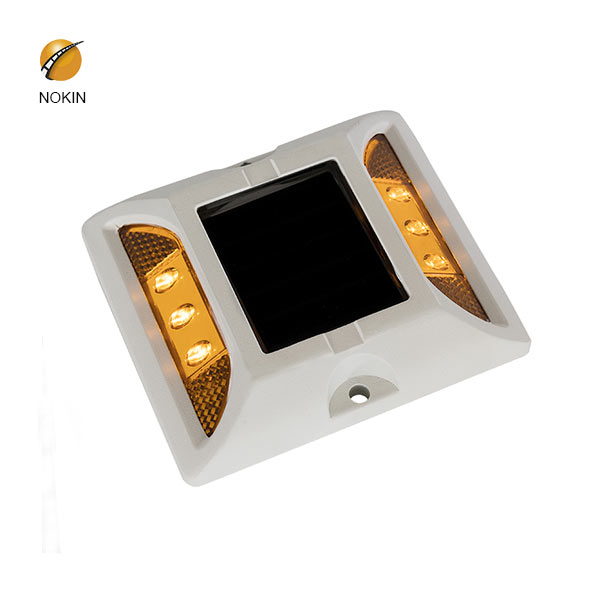
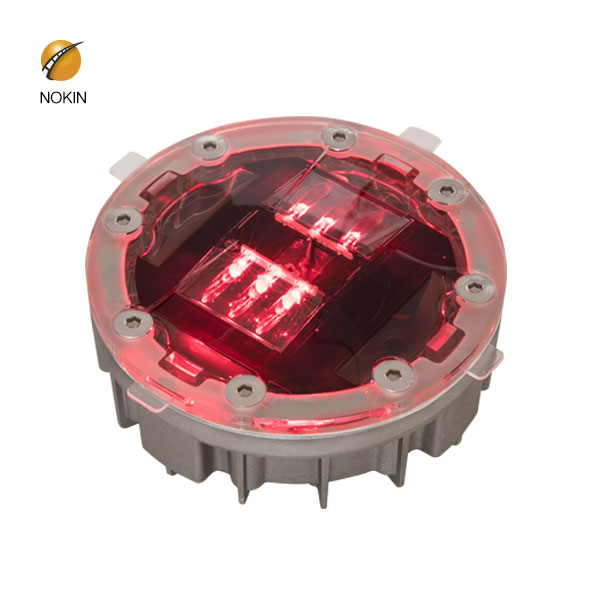
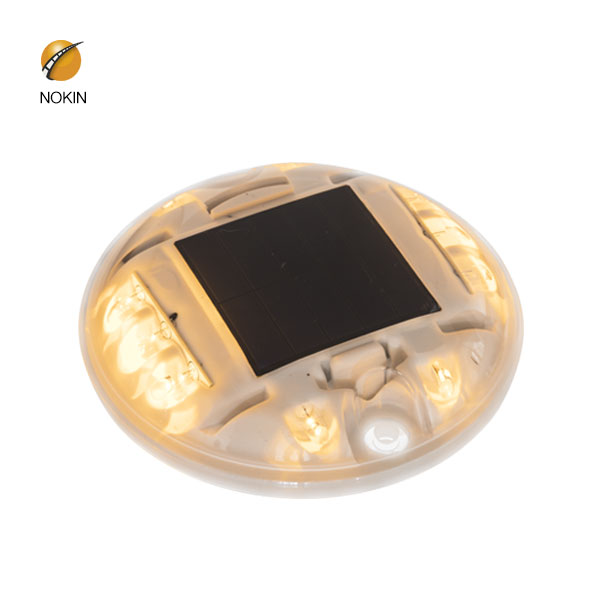
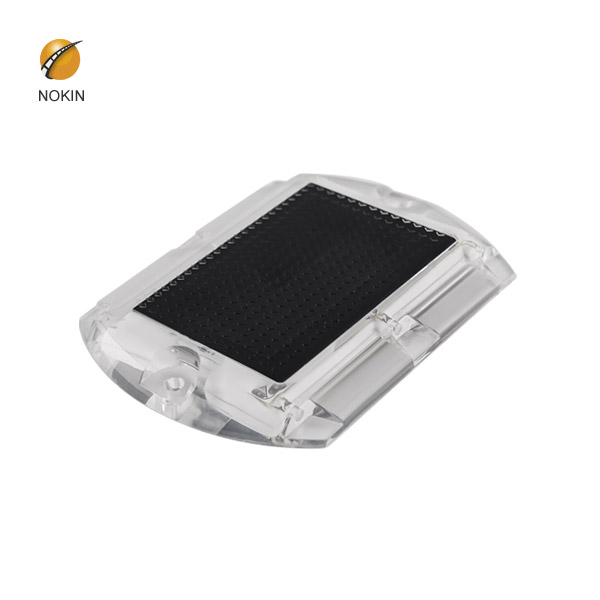
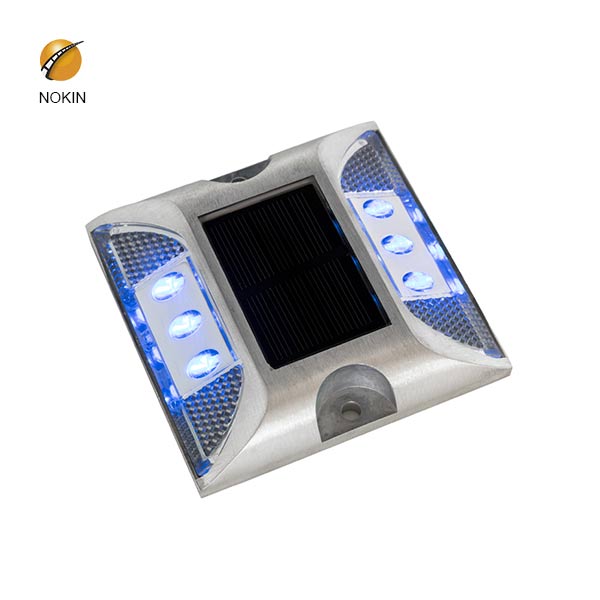
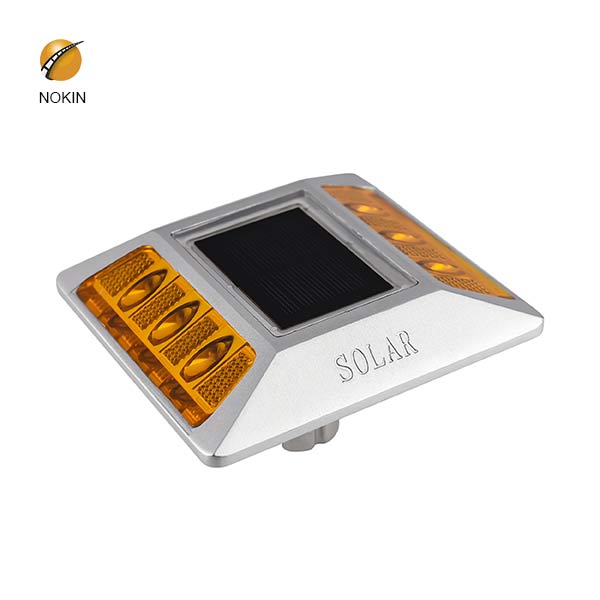
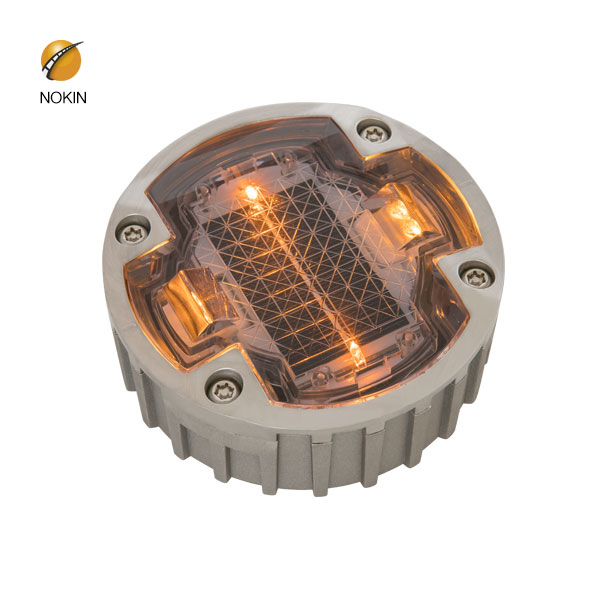
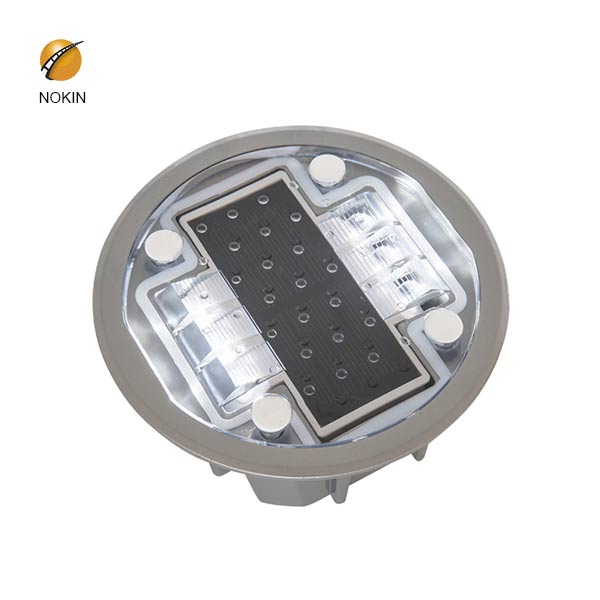
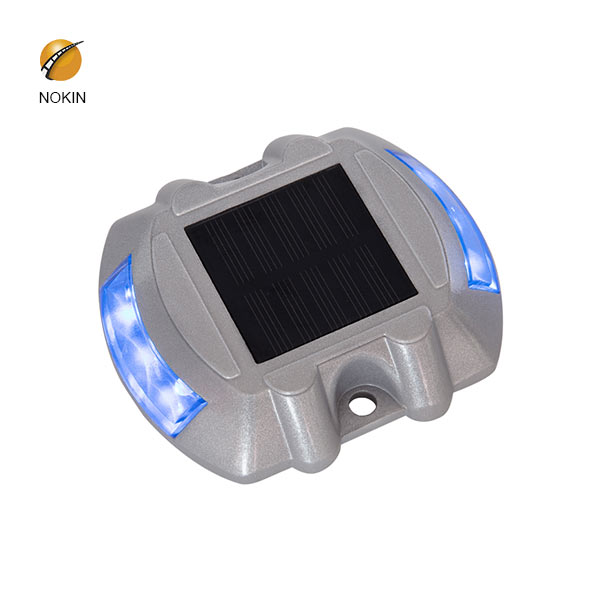

.jpg)
Note: It should be noted that prices are in nominal terms, as US dollar inflation rate is not factored in. Meanwhile, the price of solar PV systems in Japan is said to be relatively high compared to global standards. According to IEA-PVPS (2015), the solar PV
.jpg)
8/4/2018 · I don’t live in Japan (as I’m pretty sure you know), but I was aware of this issue. I had heard about the terrible air quality in China for a long time, although I wasn’t sure of exactly how much it affected Japan until I watched one of BusanKevin’s videos where he mentioned that it was affecting him and causing coughs and watery eyes.
.jpg)
Commercial and industrial organizations can save on their energy costs by adopting solar and taking control of their own generation. Avoid Peak Demand Charges with Powerpack Powerpack systems can be charged when energy prices are low and discharged during peak demand when utility rates are high.
.jpg)
19/2/2020 · Electrical Forum for Electrical Talk & Discussion. Anything that doesn't fit into any of the other electrician forums goes in this forum category. General electrical information and advice for professional and DIY electricians alike. Note that you'll find the Commercial, Industrial or DIY forums by clicking those links.
.jpg)
Solar power payoffs Table 1 summarises the generating capacity for a mediumsized terminal that makes full use of electric equipment. These calculations assume the production of 7.7 watts per square foot (0.7 W/m2) of solar PV panels under peak conditions, and an annual 24-hour mean rate of 1.43 watts per square foot (0.13 W/m2).
.jpg)
Solar Taxiway Edge Light AV-70-L863 & L861T | Avlite AGM Solar LED Taxiway and Runway Signs | FAA L-858 Types Y, L, R & B Obstruction Light Solar Power System
.jpg)
China Solar Panel manufacturers - Select 2020 high quality Solar Panel products in best price from certified Chinese Panel manufacturers, China Solar suppliers, wholesalers and
.jpg)
Yusen Terminals LLC is a marine cargo terminal operator providing stevedore and terminal services to container shipping lines in Los Angeles and Oakland. Now you can check availability, pay demurrage, lookup truck transaction, and view export cutoffs through
.jpg)
By Stephen CliftonTechnical RepresentativeWhen hooking up your Renogy system, the best way to add protection is by using fuses or circuit breakers. Fuses and circuit breakers are used to protect the wiring from getting too hot and also protect all devices connected in the system from catching fire or getting damaged if a short circuit occurs. They are not necessary for the system to run
.jpg)
Renewable Energy World is your premier source for the latest news in Green Energy sources. Learn the latest advances in solar, wind, bio, and geothermal power. We value your privacy. When you visit Clarion Events (and our family of websites), we use cookies to
.jpg)
13.4.2 JAPAN 13.4.2.1 Players based in japan focus on differentiating their products from other manufacturers TABLE 193 POWER BANK MARKET IN JAPAN, BY APPLICATION, 2016–2019 (USD MILLION) 13.4.3 SOUTH
.jpg)
5/5/2016 · Tariffs and Import Fees What is a tariff? A tariff or duty (the words are used interchangeably) is a tax levied by governments on the value including freight and insurance of imported products. Different tariffs are applied on different products by different countries.
.jpg)
Solar power in Japan has been expanding since the late 1990s. The country is a leading manufacturer of photovoltaics (PV) and a large installer of domestic PV systems with most of them grid connected. Japan has an insolation of about 4.3 to 4.8 kWh/(m 2 ·day).
.jpg)
Simply touch the solar panel leads with the multi-meter probes, matching their corresponding polarity (red to red, black to black). Open-circuit voltage can vary depending on your solar panel, but the readings we are usually looking for are in the range of 15 to 23V.
.jpg)
For solar power plants larger than 10 kWatts and approved before March 31, 2013, the feed-in-tariff rate is 40 yen/kWh + sales tax (currently 5%), so the effective feed-in-tariff is 42 yen/kWh. For projects approved on or after April 1, 2013, the feed-in-tariff rate was lowered to 36 yen/kWh without tax (37.8 yen/kWh including tax).